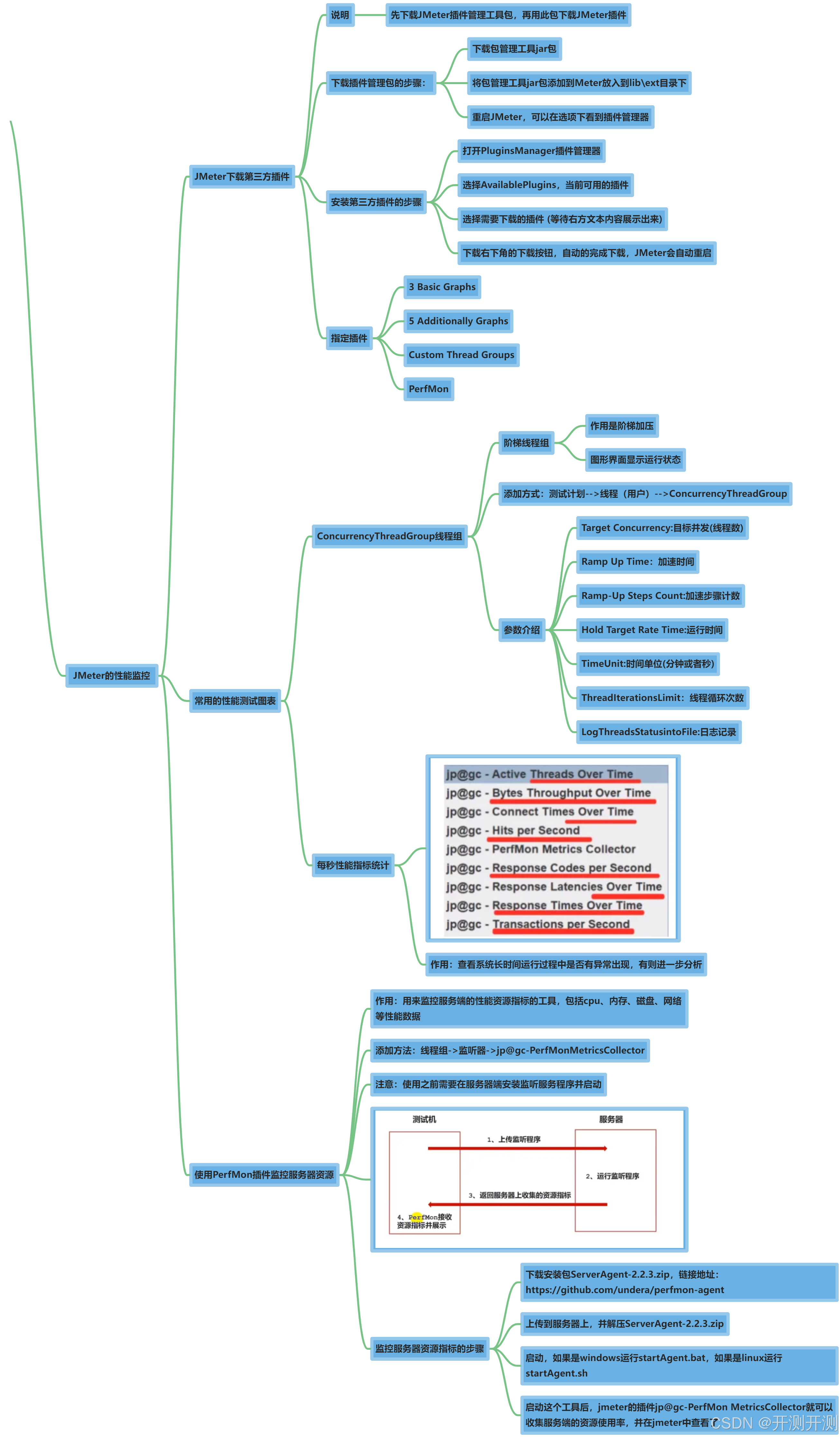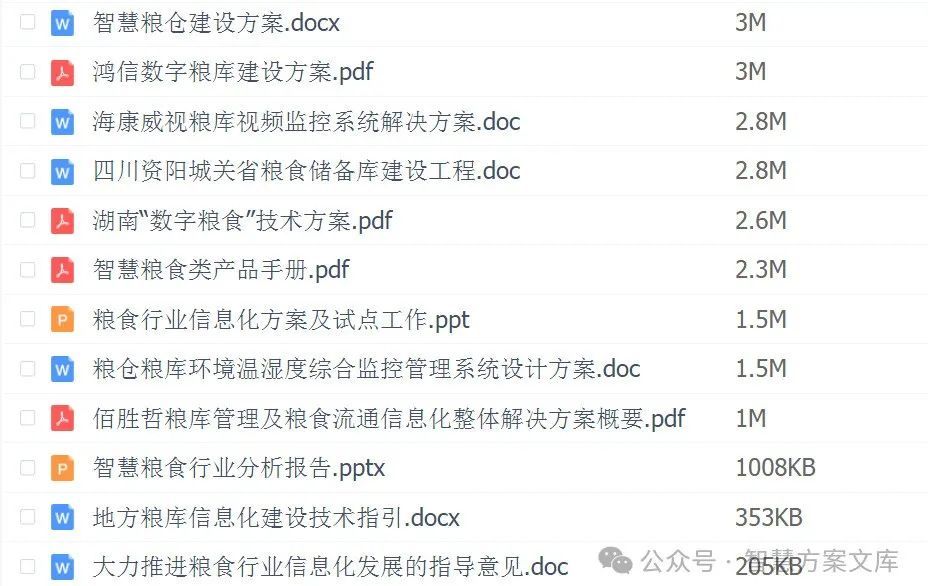原题链接
You are given a string s and an integer k. You can choose one of the first k letters of s and append it at the end of the string.
Return the lexicographically smallest string you could have after applying the mentioned step any number of moves.
实际上如果k大于1,那么就会出现任意两个字符都能改变其在字符串中相对位置的情况,也就是能进行排序了。
如果k等于1,那么就找一个位置作为开始,遍历一下,找出字典序最小的那个排序就行。只是如果字符串中子串有规律,例如全是相同字符,或者重复出现ab之类的,那么就会出现最坏的情况,将这个最坏的情况优化掉。
class Solution {
public:
string orderlyQueue(string s, int k) {
if (k ==0) return s;
else if (k >1) {
sort(s.begin(), s.end());
return s;
} else {
int mn = 0,slen = s.size();
for (int k = 1; k< slen; k++) {
for(int l = 0; l < slen; l++) {
if (s[(k+l)%slen] < s[(mn+l)%slen]) {
mn = k;
break;
} else if (s[(k+l)%slen] > s[(mn+l)%slen]) {
break;
} else if (l == slen-1) return s.substr(mn) + s.substr(0, mn);
}
}
return s.substr(mn) + s.substr(0, mn);
}
}
};


















